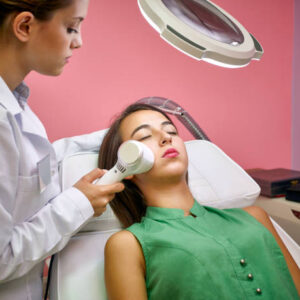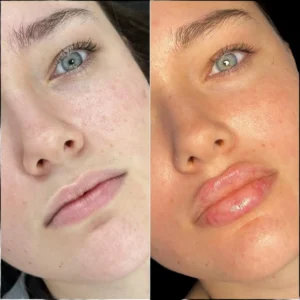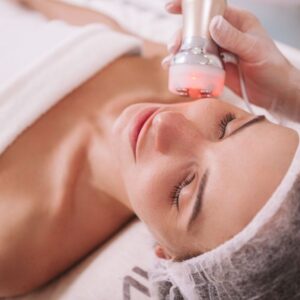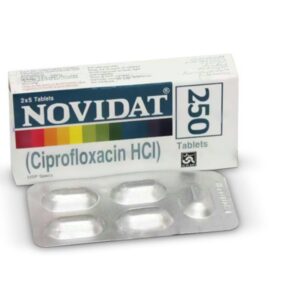Hair transplant procedures have seen remarkable advances over the years, not only in surgical techniques but also in the post-procedure healing process. While the focus often lies on the transplant itself, the recovery phase is equally crucial for the success and longevity of the results. Thanks to innovative technologies, the healing journey after a hair transplant has become faster, more comfortable, and more effective than ever before. For those seeking the best hair transplant in Pakistan, understanding how technology enhances recovery can be a game-changer in their decision-making process.
The Traditional Healing Challenges in Hair Transplants
Traditionally, hair transplant recovery involved managing swelling, redness, scabbing, and the risk of infection, all of which could be uncomfortable and prolonged. Patients had to follow strict care routines that often limited their daily activities and required regular clinical check-ups. Healing times could vary widely depending on individual health, procedure type, and post-care diligence.
The challenge was not just physical discomfort; improper or slow healing could affect graft survival, leading to patchy or unsatisfactory hair growth. This uncertainty made many prospective patients hesitant. However, modern technology is reshaping this narrative, turning the recovery phase into a smoother and more predictable process.
Cutting-Edge Wound Care and Healing Accelerators
One of the most significant tech advancements is the introduction of advanced wound care products designed specifically for post-transplant healing. These include biocompatible dressings and hydrogels that maintain optimal moisture levels at the transplant site, promoting faster tissue regeneration. Such products minimize scabbing and reduce the chance of infection.
Moreover, growth factor-enriched serums, often combined with platelet-rich plasma (PRP) therapy, have revolutionized the healing process. PRP involves using the patient’s own blood components to stimulate cell repair and hair follicle activation. When applied during or after surgery, this treatment speeds up healing and enhances graft survival, ensuring thicker, healthier hair growth in less time.
Laser Therapy: Light-Based Healing Power
Low-level laser therapy (LLLT) has emerged as a non-invasive, effective tool to enhance post-transplant recovery. By using specific wavelengths of light, LLLT stimulates cellular metabolism and increases blood flow to the scalp. This accelerates tissue repair and reduces inflammation, which translates to less discomfort and quicker healing.
Many clinics now incorporate LLLT devices into their post-procedure protocols, allowing patients to benefit from painless sessions either at the clinic or through home-use devices. The cumulative effect improves hair follicle viability and reduces downtime, helping patients return to their daily routines with confidence.
Smart Monitoring Devices for Personalized Recovery
Another exciting development is the use of smart wearable technology for monitoring post-operative healing. Sensors embedded in scalp patches or headbands can track factors such as temperature, moisture, and inflammation levels in real-time. This data is transmitted to healthcare providers, enabling them to tailor post-care recommendations dynamically.
Such personalized monitoring helps detect potential issues early, preventing complications like infections or graft rejection. Patients receive customized advice on medications, activity levels, and wound care, optimizing their recovery experience. This level of oversight was unimaginable a decade ago and is a testament to how digital health is transforming hair transplant care.
Mobile Apps and Telemedicine Support
Technology’s influence extends beyond physical devices into software solutions that empower patients throughout their healing journey. Dedicated mobile apps now allow patients to log their recovery progress, upload photos for remote evaluation, and receive instant feedback from their surgeons. These apps provide reminders for medication schedules, care instructions, and follow-up appointments.
Additionally, telemedicine has become a vital tool in post-procedure care, especially for those who cannot frequently visit their clinic. Virtual consultations help doctors assess healing, address patient concerns, and adjust treatments without the need for in-person visits. This convenience improves adherence to recovery protocols and enhances patient satisfaction.
The Future of Post-Hair Transplant Healing
Looking ahead, the integration of artificial intelligence (AI) and machine learning promises to further refine post-procedure care. AI algorithms can analyze vast amounts of patient data to predict healing trajectories and recommend personalized interventions. This technology could soon enable real-time adaptive care plans that evolve with each patient’s unique response to treatment.
Moreover, advances in regenerative medicine, such as stem cell therapies, are being explored to complement traditional hair transplant techniques. These therapies have the potential to accelerate tissue repair even further and improve the density and quality of new hair growth.
Conclusion: Embracing Technology for Optimal Hair Transplant Recovery
The power of technology in transforming hair transplant healing cannot be overstated. From advanced wound care products and laser therapy to smart monitoring devices and telemedicine support, modern tools are redefining patient experiences and outcomes. For those considering the best hair transplant in Pakistan or elsewhere, these innovations provide added confidence that recovery will be efficient, safe, and comfortable.
Ultimately, faster and more effective healing means not only better aesthetic results but also a quicker return to normal life with renewed self-esteem. As technology continues to evolve, the future of hair transplant recovery looks brighter than ever, empowering patients and practitioners alike to achieve optimal success.








